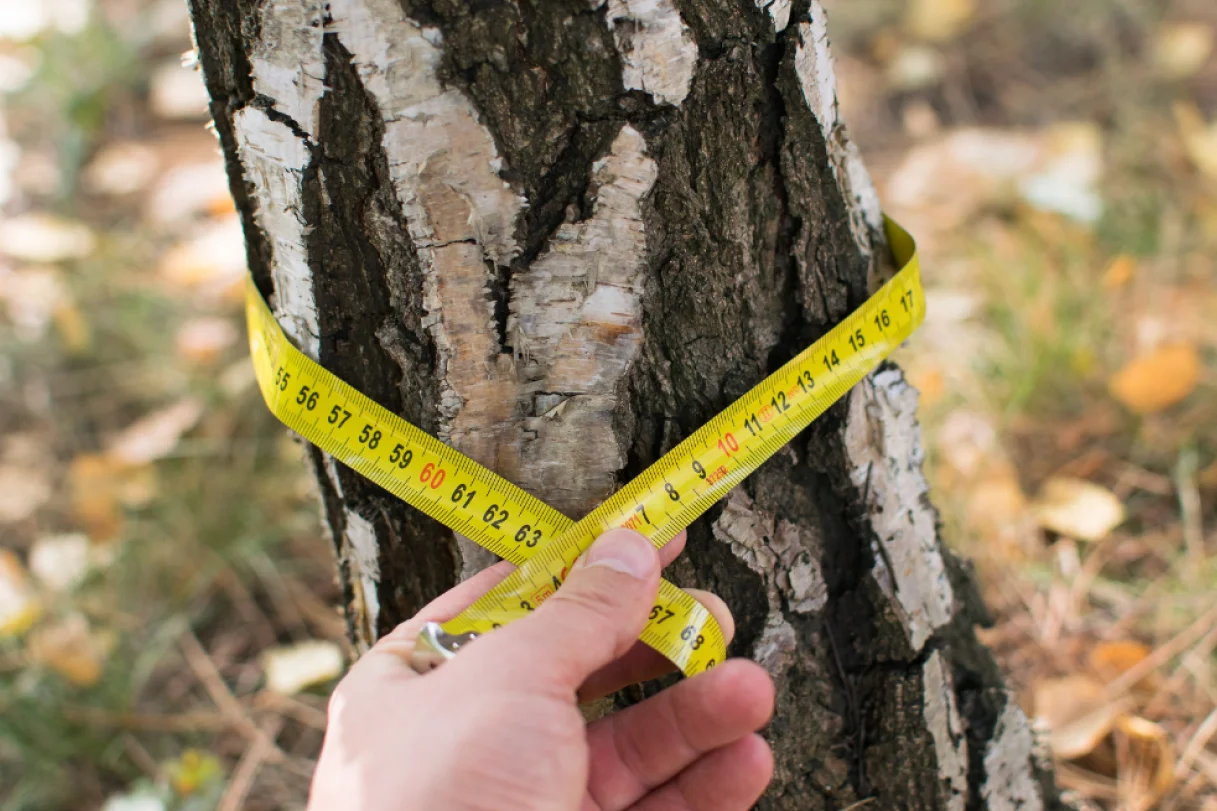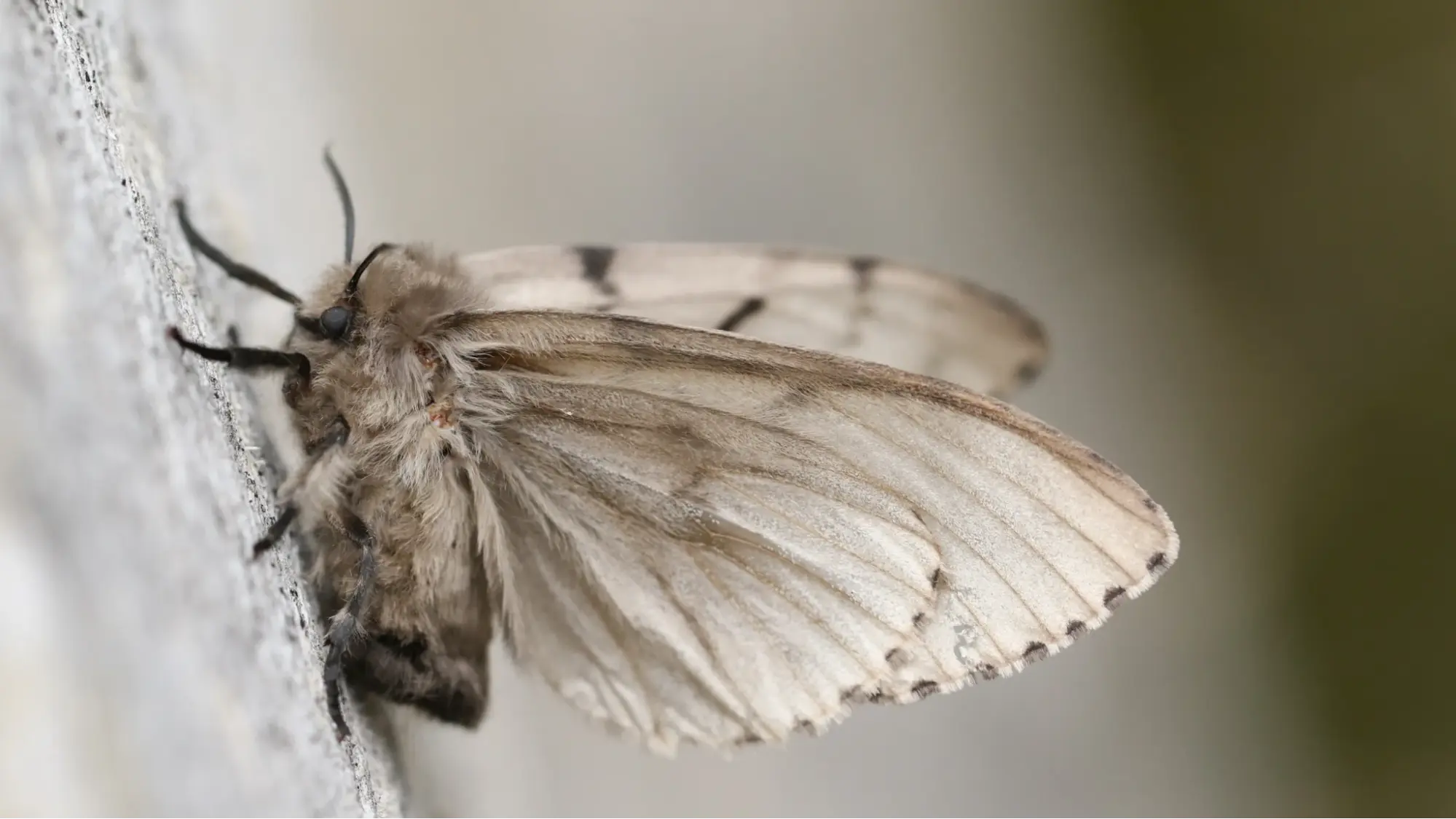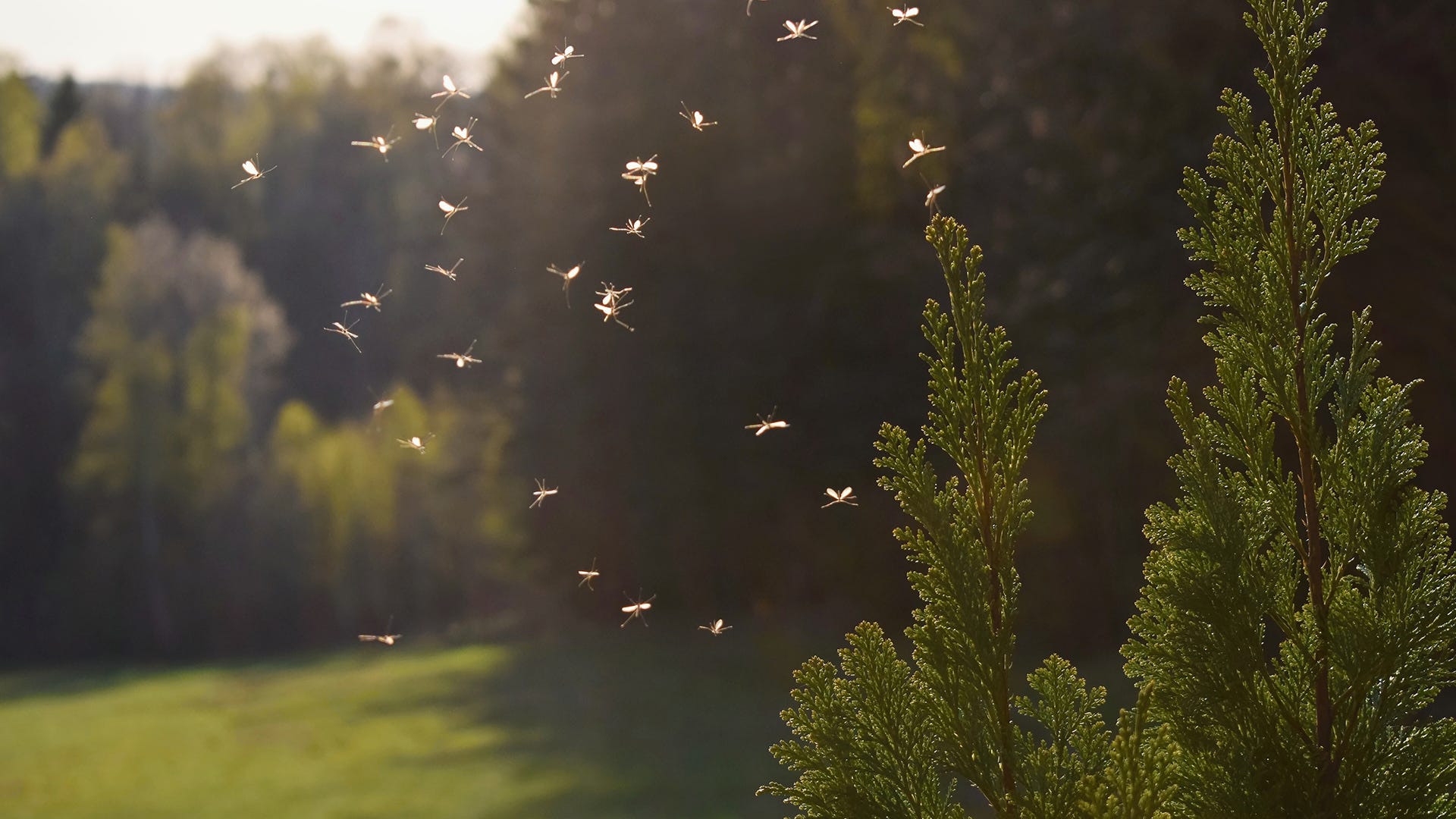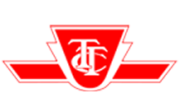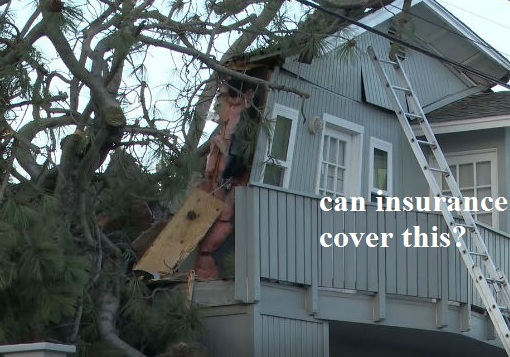
It is highly likely that your home is surrounded by trees, which act as windbreakers or provide shade within the compound. At times, diseases and other elements take toll on these trees, making them potentially hazardous to your family, house, vehicles, and other fixtures present in your yard. When a tree becomes hazardous, then it is obvious you would quickly try to find a solution. Many homeowners take a keen interest in home insurance, with the idea that in case of an accident, the insurance firm will help pay for the damages caused by the hazardous tree.
But is the above scenario practical? Will home insurance compensate for such damages? It depends on the circumstances. This article sheds some light on how insurance companies deal with hazardous trees, whether still standing or already fallen.
Still Standing Trees
You must have seen a standing tree that looks much weak and old, right? Such trees are a potential hazard to your home.
Most home insurance policies don’t pay to remove hazardous trees that are still standing. You, as a homeowner, have a responsibility to maintain the trees around your home. Meaning, you have to prune or remove trees that are potentially dangerous to your home and that of your neighbor. In fact, if you are aware of a risky tree within your compound that eventually destroys your neighbor’s property; the law will hold you accountable for the damages.
So, the insurance companies consider the pre-emptive removal of old and diseased trees your sole responsibility as a homeowner.
Fallen Trees
This is a case with different scenarios.
Homeowners’ insurance policy indeed covers the removal and repairs after the tree falls, but there are restrictions based on where the tree falls, and also the damage it causes.
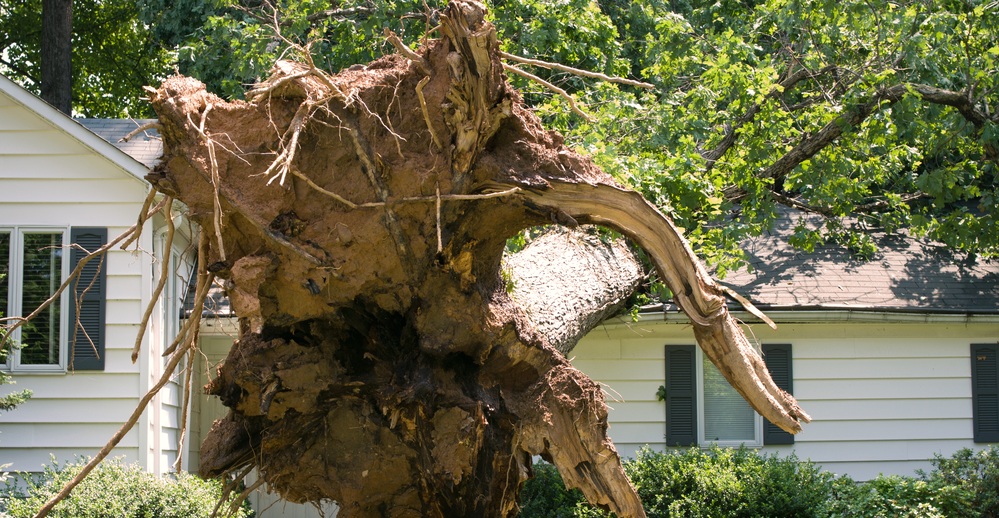
When a risky tree falls onto a covered structure, your home insurance company will cover the damages and also the costs of removal of such trees. However, you should read carefully to understand your home policy well. Some policies won’t cover the removal of a tree that falls safely onto your lawn and causes no damages at all.
What if the tree falls onto your neighbor’s property?
Well, in most cases, you are not responsible for the damages caused by a tree that falls and damages your neighbor property. However, the situation is different if it was evident you knew of the impending danger and failed to act with speed.
Trees that fall naturally destroying neighbor’s property are solely the responsibility of the neighbor’s home insurance. In case it is proven that you were somehow responsible, your insurance company will chip in, though at an increased premium.
Lastly, a tree may fall and damage your landscaping features. In this case, the policy depends on whether or not you had insured the landscaping features such as flower beds, shrubs, and other trees. If you have insured them, then your home insurance will cover tree removal and replacement as well.
Although home insurance policies help when it comes to dealing with hazardous trees, the responsibility to keep your home safe starts with you. Prune trees to mitigate the risks they pose. Alternatively, enlist the help of an arborist's to inspect the health of your trees.
